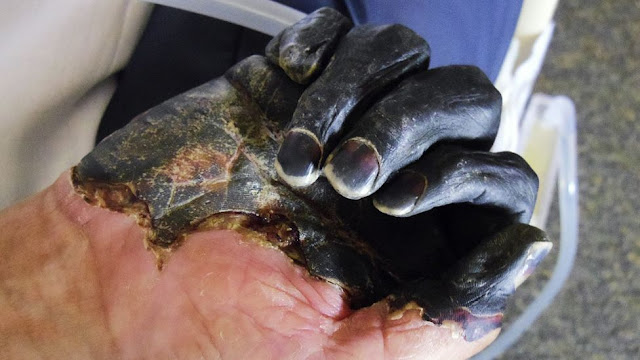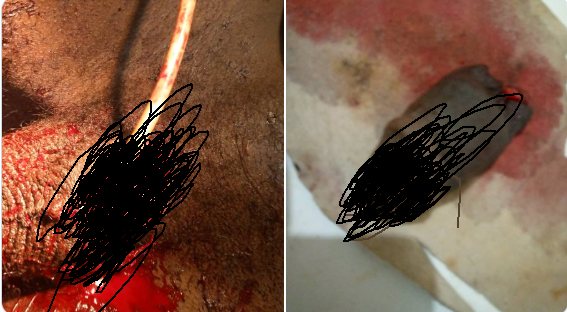Alarming rise of Bubonic Plague hits China
Authorities in the city of Bayan Nur have issued an alert banning the hunting and eating of animals that could carry plague.
The public have been told to report any suspected cases of plague or fever with no clear causes, and to report any sick or dead marmots. Yesterday’s third-level alert, the second lowest in a four-level system, follows four reported cases of plague in people from Inner Mongolia last November.
The bubonic plague, known as the ‘Black Death’ in the Middle Ages, is a highly infectious and often fatal disease that is spread mostly by rodents.
Plague cases are not uncommon in China, but outbreaks have become increasingly rare.
From 2009 to 2018, China reported 26 cases and 11 deaths.
The bubonic plague is caused by the bacteria Yersinia
pestis. It can spread through contact with infected fleas.
Symptoms include swollen lymph nodes, which can be as large
as chicken eggs, in the groin, armpit or neck. They may be tender and warm.
Others include fever, chills, headache, fatigue and muscle aches.
According to the Centre for Disease Control, Patients develop sudden onset of fever, headache, chills,
and weakness and one or more swollen, tender and painful lymph nodes (called
buboes). This form usually results from the bite of an infected flea. The
bacteria multiply in the lymph node closest to where the bacteria entered the
human body. If the patient is not treated with the appropriate antibiotics, the
bacteria can spread to other parts of the body.
 |
| Different Stages of Bubonic Plague |




China should kukuma end d world, make everybody rest. I don taya
ReplyDeleteFunny but true
ReplyDelete